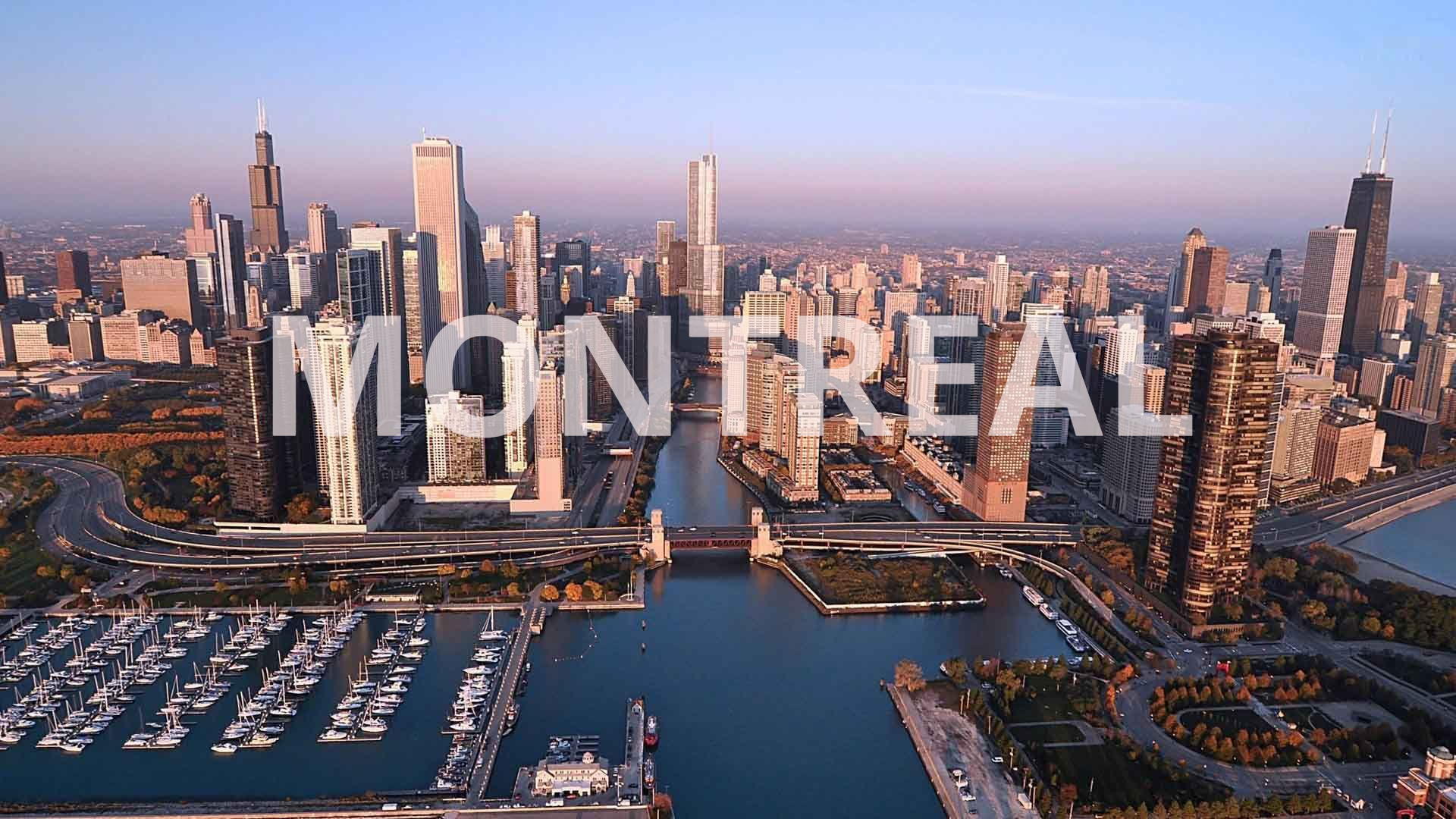Montreal, Canada
Montreal, French Montréal, city, Quebec province, southeastern Canada. Montreal is the second most-populous city in Canada and the principal metropolis of the province of Quebec. The city of Montreal occupies about three-fourths of Montreal Island (Île de Montréal), the largest of the 234 islands of the Hochelaga Archipelago, one of three archipelagoes near the confluence of the Ottawa and St. Lawrence rivers. Area 141 square miles (365 square km); metro. area, 1,644 square miles (4,259 square km). Pop. (2011) 1,649,519; metro. area, 3,934,078; (2016) 1,704,694; metro. area, 4,098,927.
Character of the city
Montreal is a city with considerable French colonial history dating back to the 16th century. It began as a missionary settlement but soon became a fur-trading center, a role that was enhanced after the conquest of New France by the British in 1763. Montreal’s location on the St. Lawrence proved to be a major advantage in its development as a transportation, manufacturing, and financial center. From the time of the confederation of Canada (1867), Montreal was the largest metropolitan center in the country until it was overtaken by Toronto in the 1970s.
French Canadians are the majority population in Montreal, which is often said to be the second largest French-speaking city in the world (after Paris), though the accuracy of that statement is sometimes questioned (principally by those who make the same claim for Kinshasa and Algiers). Montreal’s economy, however, was long dominated by an Anglophone minority. The city has been a destination for many immigrants and is widely considered to be one of North America’s most cosmopolitan cities. Montreal remains a city of great charm, vivacity, and gaiety, as well as one of unquestioned modernity.
Just walking the streets of Montreal is an experience, especially the historic center known as Old Montreal (Vieux-Montréal), which provides a window into the city’s rich history with its cobblestone streets and architectural styles ranging from the 16th century to the present.
People of Montreal
Under the French regime, Montreal became one of New France’s favored destinations. In the 1760s, however, the city’s dominant French Canadian Catholic population began to see an influx of English-speaking Protestants, initially following the signing of the Treaty of Paris in 1763, which officially ceded New France to Great Britain, and then as a result of the American Revolution, when loyalists migrated into the region. Indeed, from the early 1830s to the mid-1860s, those of British origin constituted the majority of Montreal’s inhabitants. The growth of Montreal as a manufacturing center required plenty of labor; in answer, some came from Europe, but most of those who sought work were French Canadians, which eventually led to conflict. The owners and controllers of the Montreal economy were, for the most part, Anglophones; French Canadians, the dominant population from the mid-1860s, worked in the factories. That divide at the workplace was mirrored in a spatial pattern that developed whereby Boulevard Saint-Laurent (St. Lawrence Street) became a linguistic partition, with Francophones living to the east of it and English speakers to the west.
The economic boom following World War II attracted immigrants from Europe, Asia, Africa, and elsewhere in the Americas, transforming Montreal into a diverse multicultural city. Despite that increase in immigrant population, French speakers make up about half of the population in the city proper and some two-thirds of the population on the island. Religious affiliations in Montreal generally follow ethnic traditions. Roman Catholicism is by far the dominant faith, although active religious practice among Roman Catholics has dramatically diminished since the mid-20th century.
Economy
Manufacturing
Transportation improvements were vital in attracting manufacturing industries to Montreal. With canal construction and advancements, oceangoing vessels were able to reach the city, and, with rail developments, by the 1880s Montreal had become a hub for transcontinental and international movement of goods. As a consequence, manufacturing industries lined the Lachine Canal, producing cotton goods, clothing, textiles, shoes, food, and beverages as well as ships, metal goods, and petroleum products. By the mid-20th century, the general shift from rail to road transportation of goods was matched by the flight of many industries away from Montreal to suburbs.
Beginning in the 1970s, globalization further challenged the economic viability of some of Montreal’s manufacturers, and many of the city’s labour-intensive industries—clothing, textiles, and shoes—lost out to international competition. The restructuring of industry resulted in the loss of manufacturing jobs, but, over time, new (often high-tech) industries emerged. The aerospace industry is a major employer in Quebec province, and Montreal is home to the headquarters for the International Air Transportation Association (IATA), the International Business Aviation Council, and the International Civil Aviation Organization. Research and development for transportation in general is another significant component of Montreal’s economy.
Other industries include food processing, beverage making, engineering, software development, and the manufacture of telecommunications equipment and pharmaceuticals, along with printing and publishing. Owned and operated by the provincial government of Quebec, Hydro Québec gives Montreal a major role in the electrical power generation industry.
In response to the political upheaval that resulted from Quebec’s independence movement from the 1970s to the 1990s, thousands of Anglophones Montrealer’s moved to Ontario, taking corporations such as Sun Life Assurance with them. Indeed, the operational headquarters of the Bank of Montreal relocated in Toronto, thus assisting the latter city in becoming the financial capital of Canada. Moreover, the completion in 2008 of the merger of the Montreal and Toronto stock exchanges further reinforced Toronto’s dominance of the financial realm.
History of Montreal
Early settlement
The site of Montreal was called Hochelaga by the Huron people when the French navigator and explorer Jacques Cartier visited it in 1535–36 on his second voyage to the New World. More than 1,000 Native Americans (some sources say as many as 3,500) welcomed him on the slope of the mountain that he named Mont Royal (Mont Réal). More than 50 years elapsed before other Frenchmen returned, this time with Samuel de Champlain, the founder of Quebec City. The Hurons had disappeared, but Champlain saw the potential of the location as a fur-trade site. He had land cleared and called it Place Royale; however, his ambitions never materialized.
Montreal’s beginnings were not as a fur-trade fort but rather as a missionary center, named Ville-Marie by its founder, Paul de Chomedey, sieur (lord) de Maisonneuve, in May 1642. He built dwellings, a chapel, a hospital, and other structures, protecting the settlement against Indian attack with a stockade. Indeed, the community was under constant attack from the Iroquois, who were aligned with the British until a peace treaty (La Grande Paix) was negotiated in 1701. The community was granted its first civic charter by King Louis XIV in 1644, and Chomedey became its first governor. The first hospital, the Hôtel-Dieu, was founded in 1644 by Jeanne Mance and the first school for girls in 1653 by Marguerite Bourgeois. Almost immediately, a society of priests, Les Messieurs de Saint-Sulpice, took charge of education for boys.
Although Montreal began as a missionary settlement, its importance as a fur-trade center soon surpassed that of Quebec City, because its location allowed movement via the St. Lawrence River to the Great Lakes and south to the Gulf of Mexico, whereas the Ottawa River watershed facilitated movement west and north. The region encompassed by those waterways constituted a great interior fur empire—one that France’s rival Britain wanted to control. Being the key transportation center for the fur trade, however, did not promote rapid population growth. By 1700 fewer than 1,000 people lived in Montreal, but immigration and encouragement to settle through the French seignorial system (under which a landowner leased portions of his holdings to numerous farming families) increased Montreal’s population to some 5,000 by the early 1760s.
The decisive battle in the military conflict between Britain and France in North America occurred on the Plains of Abraham, adjacent to Quebec City, in 1759 and was won by the British. In 1760 Montreal surrendered peacefully to British forces and, with all of New France, became part of the British North American empire in 1763. In November 1775 Montreal was occupied by American Revolutionary forces, who retreated in the spring following the abortive siege of Quebec City by Benedict Arnold and thus failed to secure Canada for the new United States.
The American Revolution had other consequences for British North America in general and Montreal in particular. English-speaking loyalists flooded into Canada with the promise of homesteads, giving English names (e.g., Sherbrooke) to a French-Canadian landscape and, by 1791, creating two separate colonies—Upper Canada (modern-day Ontario) and Lower Canada (modern-day Quebec). Montreal’s position as a fur-trade metropolis improved, but, since the British takeover of New France, Englishmen, Scots, and Americans had been in charge of the trade, with French Canadians employed in the fur brigades. There was a constant (and frequently bitter) rivalry between the Montreal-based Northwest Company and the Hudson’s Bay Company that ended with the merger of the two companies in 1821. That union ended Montreal’s role in the fur trade, because it was considerably less expensive to ship furs via Hudson Bay.
The loss of the fur trade did not impede the city’s growth, however. Montreal’s role as a transportation center had been shifting from the shipment of furs to that of timber and agricultural produce, and it was becoming a modern city. In 1796 Canada’s first public library was opened in Montreal. The following year daily postal service was established between Montreal and the United States. In 1809 John Molson—entrepreneur, brewer, and banker—linked Montreal and Quebec City by water with the first Canadian steamship. Canada’s first bank, the Bank of Montreal, was founded in 1817, and construction of the Lachine Canal, effectively the forerunner of the St. Lawrence Seaway, was started in 1821.
In 1825 Molson provided his city with a splendid theatre, and gas lighting appeared by 1837. A Committee of Trade, forerunner of the Board of Trade (1842), was founded in 1822, and from 1844 to 1849 Montreal served as the capital of Canada. On April 25, 1849, a mob set fire to the Parliament building, possibly as an angry response to the passage of the Rebellion Losses Bill, which sought to compensate those whose property had been damaged in the Rebellions of 1837–38 and which some Anglo Canadians viewed as a demonstration of French-Canadian dominance.
In 1847 telegraph links were made with Toronto, Quebec City, and New York City; in 1853 a shipping service between Montreal, Liverpool, and the European continent was begun; in 1856 a railroad to Toronto opened; and, with railway construction throughout the 1850s, Montreal became a hub city, with lines south to Portland, Maine, east to Lévis and Rivière-du-Loup, and southwest to Toronto and Sarnia (now Sarnia-Clearwater). Being an international port tied to a radiating network of rail lines proved to be advantageous for the location of industry, and many manufacturing plants were erected that produced flour, sugar, ships, wood products, agricultural products, shoes, clothing, and alcoholic beverages. By the 1861 census, the city’s population exceeded 90,000.
Evolution of the modern city
As Canada expanded, Montreal became the headquarters of the two transcontinental railways: the Canadian Pacific Railway, which had reached Port Moody, British Columbia (just outside Vancouver), by 1886, and the Canadian National Railway, which moved its headquarters from Toronto in 1923. By developing many branch lines, those railways opened up new territory for farming, forestry, and mining and, in turn, increased population and the demand for finished goods. Montreal capitalized on all those developments by becoming Canada’s main manufacturing center, as well as its transportation and financial centers. Montreal had its first electric lighting in 1882, its first electric tramways in 1892, and the first automobiles along its streets and movie houses along its sidewalks in 1903.
Most of North America experienced prosperity following World War II, and Montreal was no exception. Its manufacturing industries expanded to meet the needs of a growing local, provincial, and national population. The urban center transformed with the building of Place Ville Marie, installation of the Metro system of public transportation, and the hosting of Expo 67. Being on the international stage did not end with Expo 67. Montreal won the right to host the 1976 Olympic Games, which, unfortunately, were a financial disaster for the city. The high cost of building and maintaining facilities, including the Olympic Stadium and its 540-foot (165-metre) tower, placed a heavy burden of debt on the province that was not paid off until 2006.
Montreal played an important role in Quebec’s Quiet Revolution (1960–66), a period of liberal activism and reform that also contributed to a growing sense of Québécois nationalism and an awareness that the province’s Francophone majority population was being held at the lower end of the economic spectrum by a minority Anglophone population that was in control of much of Quebec’s Montreal-dominated economy. The political manifestation of that nationalism was the rise to power in 1976 of the Parti Québécois, which sought political independence for Quebec through provincial referendums in 1980 and 1995. Both referendums failed, though the second by the narrowest of margins, prompting the Canadian Supreme Court to weigh in on the matter. The court ruled in 1998 that if a referendum for separation were to pass, a change to the constitution of Canada would be required and the rest of Canada would have a say in the matter.
As the 21st century unfolded, Montreal remained a growing, dynamic city with a diverse economy and a cultural life that was as rich as its history.
Source:







